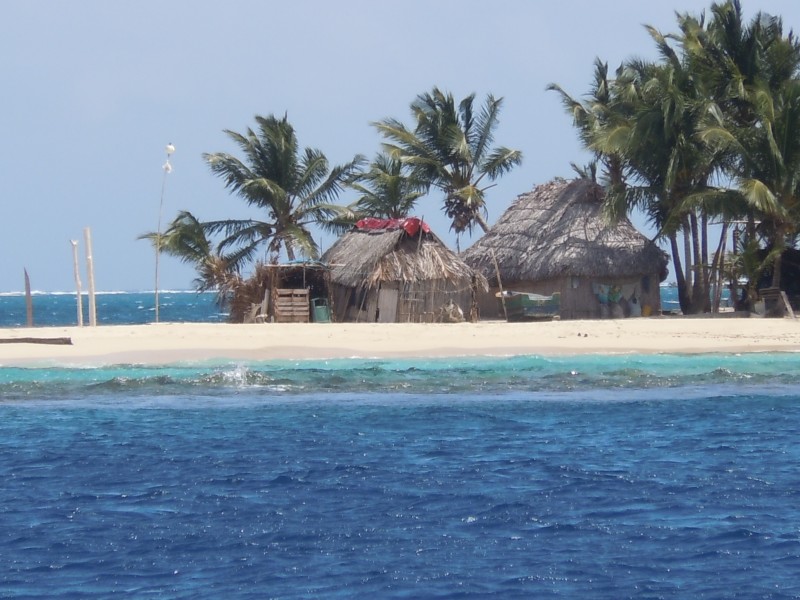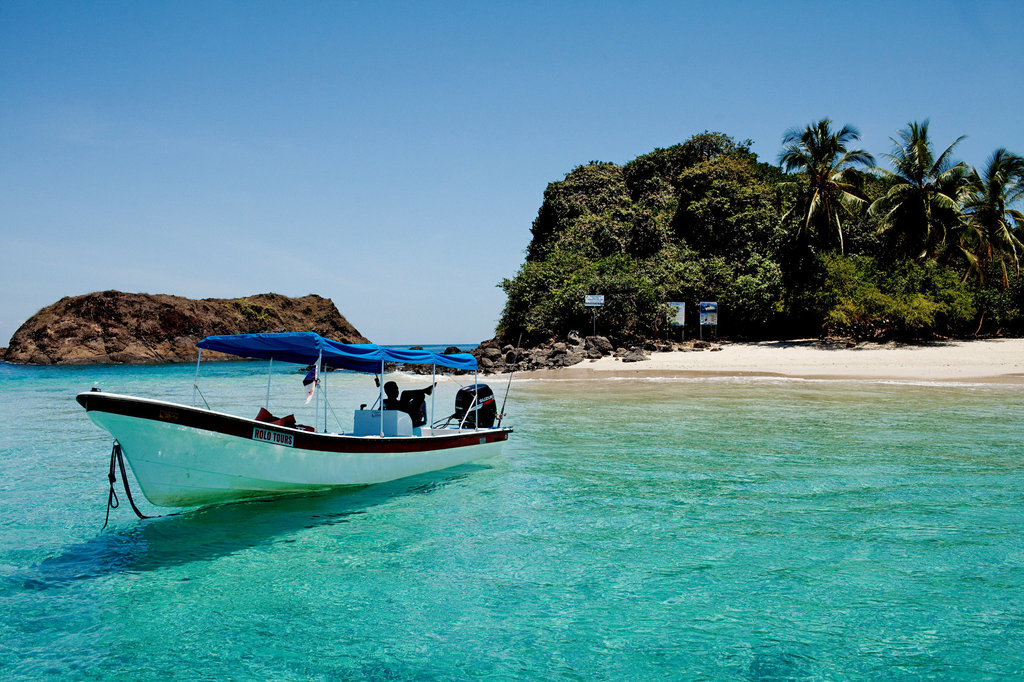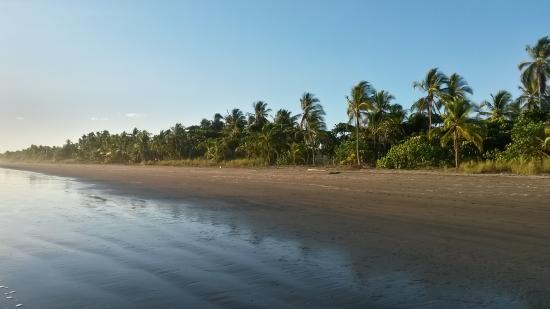Comarca Kuna Yala: This is the premier beach destination in Panama, with over 350 islands scattered off the Caribbean coast that offer picture-postcard beaches with powdery white sand, coral reef, piercing turquoise water, and clusters of swaying palm trees. The colorful Kuna indigenous population administers this province, and their fascinating culture is part of the reason to visit the region, too. The glitch is that scuba diving is prohibited, and lodging is mostly Robinson Crusoe rustic, but all you’ll want to do here anyway is swim, sun, and swing in a hammock.
Isla Bastimentos National Park, Bocas del Toro: Cayos Zapatillas, or the «Slippers Islands» (so-called because they resemble footprints), not only fulfill the beach lover’s fantasy with their soft sand backed by a tangle of jungle; they are also surrounded by a rich display of coral that attracts hordes of fish, providing good snorkeling. The park’s main island, Isla Bastimentos, offers terrific beaches with clean sand and blue water, such as Red Frog Beach, Wizard Beach, and Playa Larga, which can be reached by a short walk or hike, or by boat during the calm-water season from August through October.
Las Perlas Archipelago: Despite this Pacific archipelago’s proximity to Panama City, its top-notch snorkeling, white-sand beaches, and calm-water swimming conditions, the Pearl Islands are a relatively unsung beach destination. Outside of holidays and the hard-core summer, you won’t find crowds here, even during weekends. It’s also drier here during the rainy season.
Isla Coiba National Park: Beyond ranking as Panama’s number-one diving site, Isla Coiba National Park boasts fine beaches backed by dense jungle. Tiny islands such as Granito de Oro are so idyllic that midsize cruise ships make a stop here (which could spoil your day if you’re here independently). Even the beach fronting the park station seems too perfect to be true.
Las Lajas, Chiriquí Province: It’s not the most beautiful beach in Panama, but the water is the perfect temperature and produces just the right amount of waves for bodysurfing — though there’s little current. All of which means that Las Lajas is ideal for swimming, and since the beach measures more than 13km (8 miles) in length, you can walk forever. Rustic shacks and cheap restaurants are clustered on the beach at the end of the road, but it’s best to bring your own snacks. If you’re looking for a beach closer to David (and Boquete), try La Barqueta. Strong currents at this black-sand beach mean the water is not ideal for swimming, but it is lengthy like Las Lajas and good for walking, and there is a nature reserve here, too.
Playa Los Destiladores & Playa Venado, Azuero Peninsula: Of the multitude of beaches lining the coast of the Azuero Peninsula, these two are the cleanest and the most attractive, and they are within a 20-minute drive from each other. However, given the deforestation in the area, they are less «tropical» than other Panamanian beaches. Currents will occasionally churn up the water along the golden sand at Playa Destiladores, but a protected cove at Playa Venado means it’s calm enough for a toddler, and farther east crashing waves have converted the beach into a surfing hot spot. A major bonus here is the nearby picturesque town of Pedasí, and three gorgeous lodges.
Santa Clara & Farallón, Pacific Coast: These two are the most appealing beaches along the Pacific Coast, and the best for swimming. Best of all, they lie within a 2-hour drive of Panama City. The beaches’ water is bluer and the sand cleaner and whiter than its neighbors closer to the city.
By: frommers




